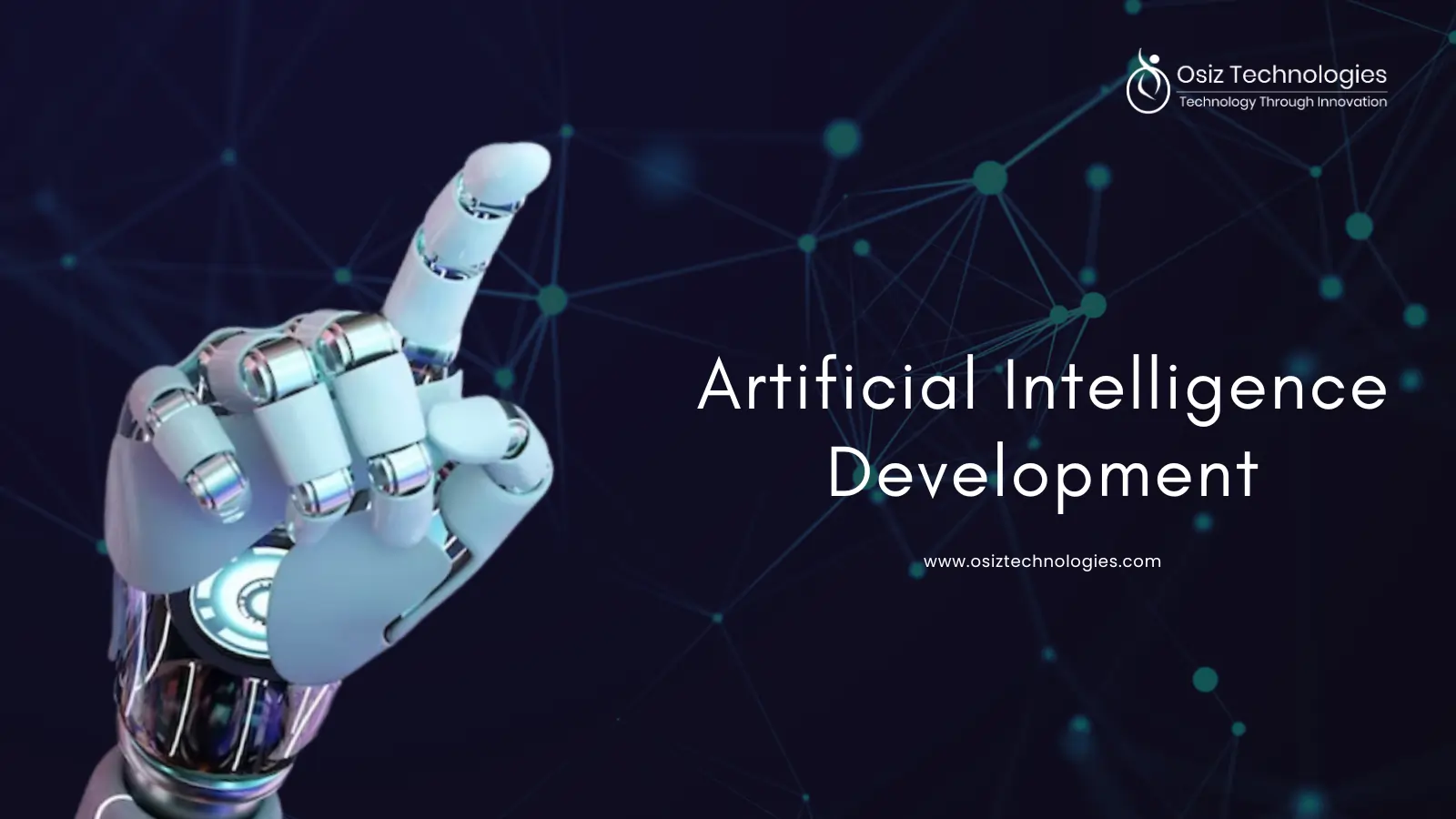As businesses navigate an era of constant change, employee development has become a cornerstone of sustainable success. Virtual training systems transform how organizations train their workforce, offering scalable, immersive, and interactive learning experiences. By integrating virtual reality (VR) technologies with existing HR and Learning Management Systems (LMS), companies can deliver targeted, engaging, and efficient training programs that align with their strategic goals.
This blog delves into VR-enabled training solutions' applications, benefits, and integration processes, showcasing how they revolutionize workforce development while driving operational efficiencies.
Empowering Employees with Upskilling and Targeted Training
Employee upskilling is critical in maintaining a competitive workforce. Virtual training systems empower organizations to offer tailored learning experiences that meet specific role requirements. Customized scenarios replicate real-world challenges, enabling employees to practice and refine their skills in a risk-free environment.
For example, compliance training modules often struggle to maintain engagement through traditional formats. VR training, however, achieves higher retention rates by incorporating interactive content, gamified elements, and immersive simulations. Employees are not only more engaged but are also better equipped to apply their knowledge in real-world scenarios.
Leadership development programs also benefit from VR integration. Managers and leaders can engage in scenarios designed to test critical thinking and decision-making skills, fostering growth and preparing them for complex challenges.
These applications demonstrate how VR-enabled training systems align workforce development initiatives with organizational objectives, creating consistent, effective learning programs tailored to real needs and challenges.
Streamlining Operations with Integrated Tech Solutions
Integrated VR solutions enhance operational efficiency by automating processes and creating unified workflows. Organizations can streamline administrative tasks and ensure seamless training delivery by combining VR technologies with existing LMS or CRM platforms.
Here’s how integrated VR systems optimize operations:
Simplified Administration: Automating processes like course enrollment, tracking, and notifications eliminates repetitive manual tasks, freeing up time for administrators.
Centralized Content Management: Organizations can easily update VR modules and learning materials, ensuring content remains relevant and effective.
Cross-Department Collaboration: Integrated platforms facilitate data sharing and communication between teams, enhancing coordination and productivity.
Analytics for Decision-Making: Performance metrics are consolidated into dashboards, providing actionable insights for refining training strategies.
Real-Time Progress Monitoring: Managers can track employee progress, identify skill gaps, and make timely adjustments to training programs.
By integrating VR solutions into existing systems, organizations can achieve a more efficient operational environment, allowing them to focus on delivering impactful learning experiences that drive business success.
Boosting Engagement with VR-Enabled LMS Platforms
Traditional e-learning platforms often struggle to capture and maintain employee attention. VR-enabled LMS platforms address this challenge by offering immersive, interactive, and personalized training experiences.
Key features of VR-enhanced learning systems include:
Immersive Environments: Employees can engage in practical, real-world tasks in safe, simulated settings that replicate job responsibilities.
Interactive Content: Activities, quizzes, and feedback loops foster active participation, making learning engaging and effective.
Gamified Elements: Features like leaderboards, rewards, and challenges increase motivation and boost morale, encouraging healthy competition among learners.
Personalized Learning Paths: VR scenarios adapt to individual progress and skill levels, ensuring content meets unique learning needs.
Real-Time Feedback: Employees receive immediate guidance and corrections, reinforcing key concepts and improving understanding.
These features create a dynamic learning environment where employees are more invested in their growth. Managers, in turn, benefit from comprehensive progress tracking, allowing them to identify strengths and areas for improvement, ensuring no learner is left behind.
Integrating VR Training Solutions into Your Systems
Seamlessly integrating VR training systems with existing platforms like LMS, CRM, or HR tools requires careful planning and execution. The process ensures compatibility while maximizing the impact of new technologies on workforce development.
Steps for Successful Integration:
Assess Current Systems: Start by evaluating the compatibility of your existing platforms with VR technologies. Identify potential challenges and areas that require upgrades.
Collaborate with IT Teams: Work with IT professionals to address technical gaps, ensuring smooth integration.
Map Training Objectives: Align VR training modules with your organization's learning goals and workflows.
Develop Custom Scenarios: Create VR simulations tailored to specific role requirements and challenges.
Pilot Testing: Conduct small-scale trials to identify any issues and optimize the system before full deployment.
Ensure Data Security: Implement robust measures to protect sensitive employee and organizational data.
Monitor and Refine: Continuously analyze performance metrics to improve training strategies and ensure alignment with business goals.
By following these steps, organizations can ensure a seamless integration process that enhances both employee engagement and operational efficiency.
Applications of VR Training Systems
Virtual training systems have versatile applications across industries, helping organizations address a wide range of learning objectives:
Workforce Upskilling: Employees practice practical skills in realistic simulations, building confidence and competence.
Compliance Training: Interactive scenarios ensure employees understand regulations, achieving higher retention rates.
Leadership Development: Managers engage in decision-making simulations to strengthen critical thinking and problem-solving skills.
Healthcare Training: Medical professionals practice procedures in virtual environments, improving precision and reducing risks.
Educational Settings: Students explore subjects through immersive simulations, fostering curiosity and deeper learning.
Each application highlights the value of VR technologies in aligning training initiatives with workforce goals while addressing specific challenges.
Driving Business Success with Data-Driven Insights
Integrated VR systems provide organizations with powerful analytics tools, enabling data-driven decision-making:
Performance Metrics: Dashboards consolidate data on employee progress, completion rates, and skill gaps.
Learning Effectiveness: Track how training impacts performance and aligns with business outcomes.
Continuous Improvement: Use insights to refine training modules, ensuring they remain effective and relevant.
With these capabilities, VR systems not only enhance the learning experience but also drive measurable business results.
Why Choose Osiz for VR Training Integration?
Osiz is a global leader in innovative solutions integration, specializing in VR training systems tailored to your unique needs. From workforce upskilling to compliance training, our team develops immersive solutions that align with your organizational goals.
What Sets Osiz Apart?
Comprehensive Assessments: We evaluate your existing LMS, HR, or CRM platforms to ensure compatibility and seamless integration.
Custom VR Scenarios: Using industry-leading tools like Unity and Unreal Engine, we create tailored simulations for targeted learning outcomes.
Device Compatibility: Our solutions are optimized for VR platforms like Oculus Quest, HTC Vive, and Meta Quest, ensuring a smooth user experience.
Real-Time Analytics: We deliver performance-tracking tools that provide actionable insights for continuous improvement.
End-to-End Support: From development to deployment, our experts guide you through every step of the integration process.
Whether you’re looking to enhance compliance training, improve leadership development, or upskill your workforce, Osiz offers the expertise and technology to bring your vision to life.
Conclusion
Integrating virtual training systems with existing platforms is no longer a luxury—it’s necessary for organizations looking to stay competitive in a rapidly evolving landscape. By leveraging VR technologies, businesses can deliver immersive, engaging, and effective training programs that address real-world challenges and align with strategic goals.
From boosting employee engagement to streamlining operations, the benefits of VR-enabled training are transformative. Osiz, the leading VR development company, is ready to help you navigate this journey, offering tailored solutions that enhance learning and drive measurable success.
Ready to redefine workforce development with VR? Contact Osiz today to unlock the full potential of immersive training technologies.
Listen To The Article
Recent Blogs

X-Mas 30%
Offer











